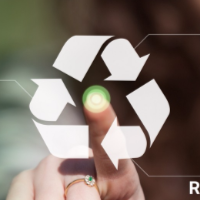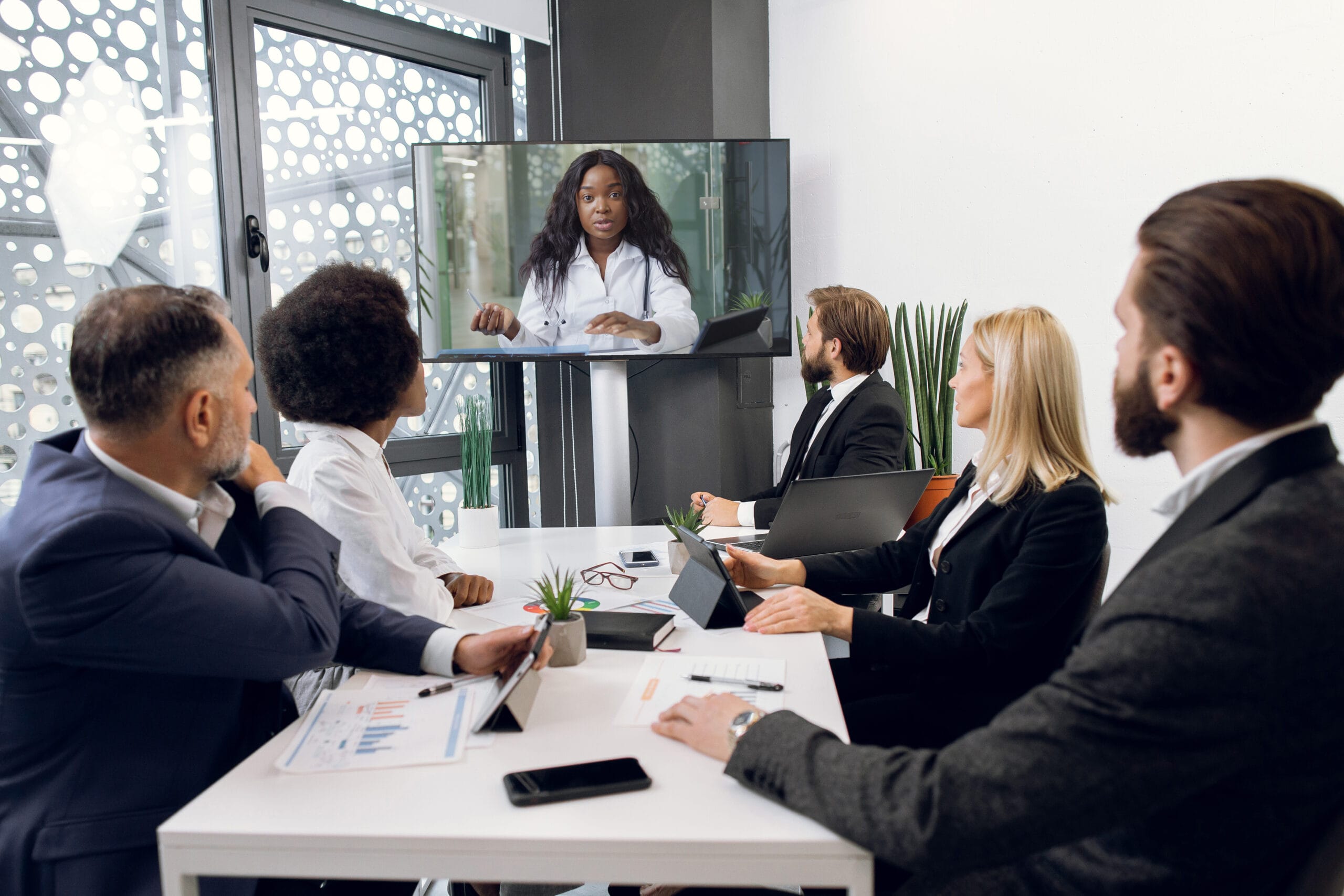The Power of Visuals in Trial Presentations for a Winning Debate
The combination of visuals in test presentations has arised as a crucial consider effectively interacting intricate arguments to jurors. By using various kinds of aesthetic aids-- be it diagrams, photos, or computer animations-- lawyers can enhance understanding and retention, eventually forming the court's perception of the situation. This technique not just clarifies elaborate stories yet also establishes an emotional resonance that can affect decision-making. As we discover the subtleties of this strategy, it becomes vital to think about just how details types of visuals can make a significant difference in trial results. What functional approaches might lawyers use to optimize this possibility?
Value of Visuals in Tests
In numerous legal setups, visuals play a critical duty in boosting the efficiency of trial presentations. The assimilation of aesthetic aspects can substantially affect jurors' understanding and retention of complex details, therefore forming their assumptions and choices. Visuals, such as charts, representations, and photos, can simplify detailed stories, making them much more accessible and engaging.
Additionally, the human brain procedures aesthetic information more successfully than message, which underscores the relevance of integrating visuals into lawful disagreements. By translating dense lawful ideas into visual layouts, attorneys can promote more clear communication, making sure that bottom lines are not neglected throughout trials.
In addition, visuals serve to involve jurors on an emotional degree, promoting a link to the situation that words alone might fail to attain. The tactical usage of visuals can evoke compassion, motivating jurors to think about the human aspects of the case.
Ultimately, the value of visuals in tests lies in their capability to enhance clearness, improve juror involvement, and strengthen the narrative being offered. This potent mix is essential for crafting convincing debates that resonate with jurors and affect the outcome of legal procedures.
Kinds Of Visuals to Use
Efficient test presentations can considerably take advantage of a variety of visual devices that satisfy different aspects of the situation. trial presentations. Making use of diagrams and charts can successfully damage down intricate information, making it much more digestible for jurors. For circumstances, flowcharts can highlight the series of events, while bar graphs may succinctly compare appropriate information factors.

Animations and simulations can also play a vital role, particularly in instances involving technical information or elaborate circumstances. These visuals can dynamically represent processes or actions, giving clarity and interaction that fixed photos might not achieve.
In addition, infographics combine message and visuals to summarize important info efficiently. They can provide timelines, stats, and considerable situation points in a visually appealing manner, making it simpler for jurors to follow the argument.
Enhancing Understanding and Retention

Enhancing understanding and retention during trial discussions is critical for making certain that jurors realize the necessary aspects of a case. Aesthetic help work as powerful devices in this regard, translating intricate details into easily absorbable styles. By utilizing graphes, representations, and infographics, attorneys can streamline elaborate data and emphasize essential points that might otherwise be overlooked.
Researches have revealed that individuals retain details substantially better when it is offered visually. This is specifically important in a trial setup, where jurors may be bewildered by the volume of proof and testimony. By tactically incorporating visuals, lawyers can direct jurors' interest to the most important aspects of the instance, reinforcing their understanding and memory of the product provided.

Creating Involving Presentations
Exciting jurors' attention throughout trial discussions is important for sharing a compelling story. Engaging discussions take advantage of aesthetic aspects to create a remarkable experience that resonates with jurors. The calculated use graphics, computer animations, and video clips can illuminate intricate information, making it a lot more available and relatable.

Additionally, including storytelling strategies can improve involvement. Presenting proof in a sensible sequence that constructs sob story enables jurors to get in touch with the material on an individual level. Numerous presentation layouts, such as incorporating brief video clip clips or interactive aspects, can likewise receive rate of interest and focus throughout the trial.
Inevitably, Discover More Here an engaging presentation cultivates a more extensive understanding of the instance, allowing jurors to much better value the disagreements existing and leading to a more desirable result.
Instance Studies and Success Stories
Various study highlight the significant effect of visuals in test discussions, demonstrating their capability to affect juror assumptions and ultimately the results of situations. As an example, a noteworthy situation entailing an individual injury claim showed exactly how making use of a 3D computer animation of the crash scene clarified complex details. Jurors reported feeling more informed and compassionate, substantially persuading their choice in support of the plaintiff.
In another instance, a corporate lawsuits case made use of infographics to existing economic information and timelines, making complex info easily accessible. The aesthetic representation allowed jurors to understand the nuances of the case better than spoken descriptions alone. trial presentations. As a result, the court returned a judgment that went beyond the customer's expectations
Furthermore, a criminal defense instance used photos and video proof look at these guys to develop an alibi. The compelling visuals not only aided in producing doubt but also resonated psychologically with jurors, causing an acquittal. These success tales emphasize the requirement of integrating visuals right into trial discussions, as they improve understanding, retention, and ultimately, the influential power of lawful arguments. The strategic use visuals is undoubtedly transforming the landscape of test advocacy.
Verdict
In verdict, the calculated consolidation of visuals in trial discussions substantially improves jurors' comprehension and retention of complicated details. Involving presentations, supported by compelling case research studies, demonstrate the profound impact that visuals can have on convincing useful link communication.